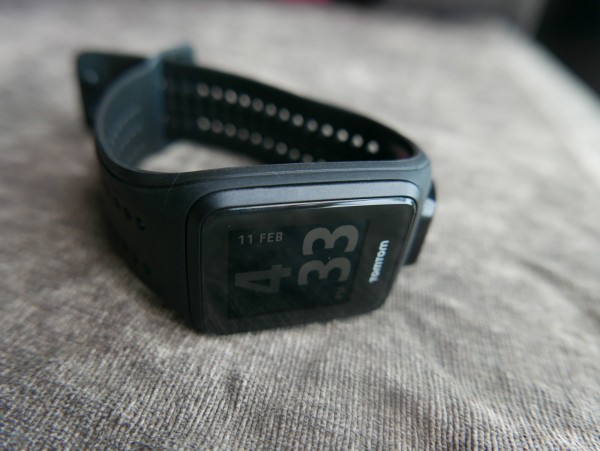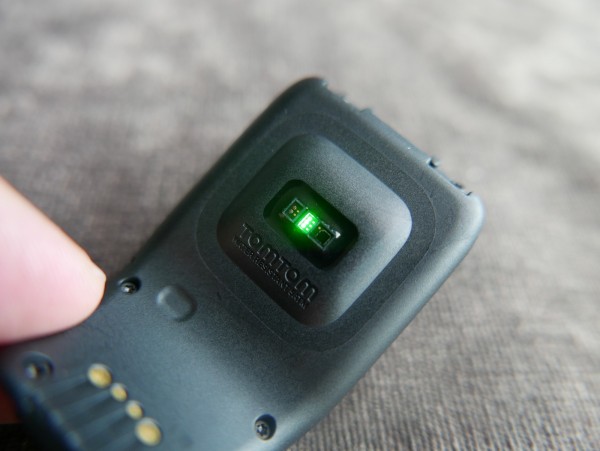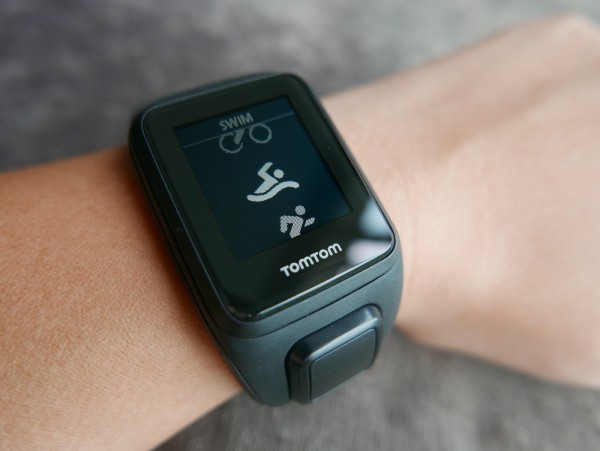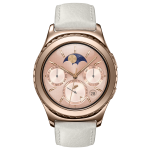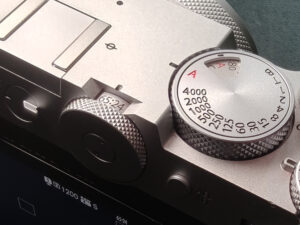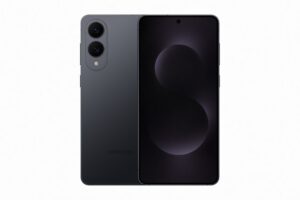I’m been waiting for the TomTom Spark for a while now.
A GPS fitness watch that could track my runs while providing wireless music during the workouts would let me get away from using my old iPod mini or strapping a bulky smartphone to my arm.
In many ways, the Spark fulfills its promise of a feature-packed fitness watch. It is, however, not a gadget that does well in all areas, particularly with competition from dedicated activity trackers and prettier smartwatches mimicking traditional designs.
What it impresses in is getting the job done. In terms of looks, this is as simple as a fitness watch comes.
The Spark is designed to be functional, down to the new strap, which makes sure the heart rate sensor at the bottom of the watch is tight on your wrist. Poor contact could give inaccurate readings.
Built to last, the Spark looks like it can take a good beating. Like the TomTom Runner GPS watch from 2014, the Spark feels solid whether it faces sweat, rain or mud. And like before, the main unit is easily detachable for cleaning and hooking up to your PC for sync’ing and charging.
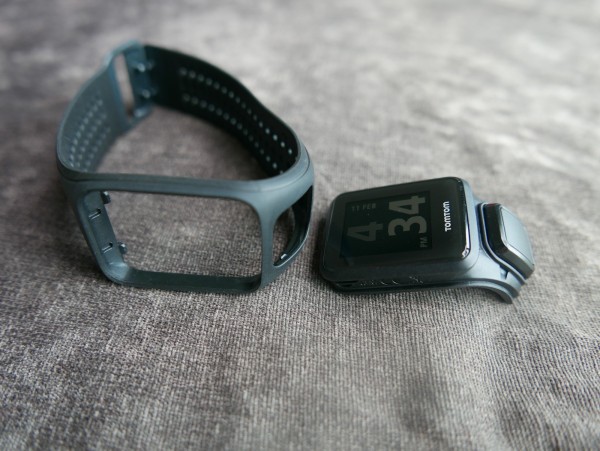
There’s also no colour touch-screen here. The Spark’s display is a no-frills greyscale affair and the four-way navigation button is hardy rather than sleek, like before.
However, the interface is easy once you get the hang of things. Oh, and you can cover the screen with your palm to make it light up during your evening runs.
What of the newest feature – music? Well, it’s easy to get started. I paired the Spark with my old Jabra Sport Wireless+ earphones without fuss. Music automatically streamed over without much intervention involved.
Unfortunately, here is also where the Spark can feel rather basic. Like an iPod of old, you have to ensure that your music is placed nicely in playlists, then sync the stuff over from your PC to the watch.
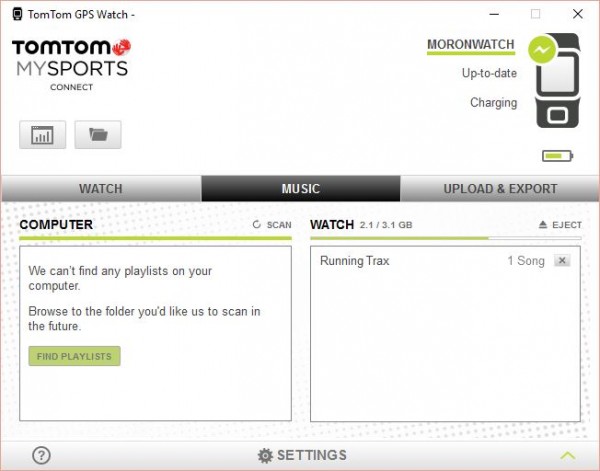
You can still play the tracks if you just drag and drop them onto the watch’s internal storage. However, you end up having all the songs jumbled up. I had planned for some soothing spa music – yes, I know – for after a 10km jog. In the last kilometre, when I was panting for air, I heard a voice literally telling me to relax.
What I needed was Black Eyed Peas. Instead I got resort-themed music. So, if you are planning to use the Spark to the fullest, make sure you get your songs sorted before heading out. Note that you can’t easily change music mid-run, so you have to get the mix right.
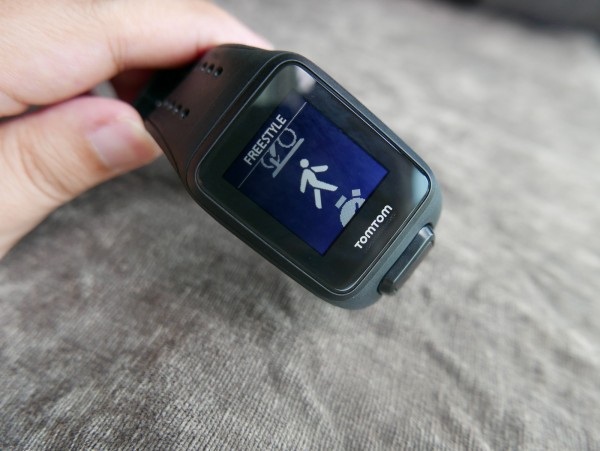
I should say here that the unit I tested was the “everything-in” Spark Cardio + Music that packs a heart rate sensor and 3GB of storage for your songs. That’s enough for more than 500 songs.
There are three other versions – a basic GPS watch, one with a heartrate sensor and one with music (sans heart rate sensor). Prices range from S$249 to S$399.
They are certainly not cheap, but they track more than your runs. All three let you monitor workouts on the treadmill, swims in the pool, bicycle rides and “free style” gym workouts.
In particular, to track a swim, you have to specify the length of each lap. The default is 25 metres, which is half of the usual 50 metres at Olympic-sized pools. I did several laps in a pool and it proved pretty accurate.
Note, however, that the heart rate sensor doesn’t work underwater because the contact with water might make the readings unreliable.
On land, the readings could also be improved. For some reason, during a 10km jog, I was running at what the system termed as “sprinting” pace for half of it. I certainly wasn’t because I was dead tired and slow at the end.
The distance tracking is pretty accurate, as before. However, the pace or speed is not always entirely spot on. In fact, on certain occasions, it can cause you to go too fast or slow.
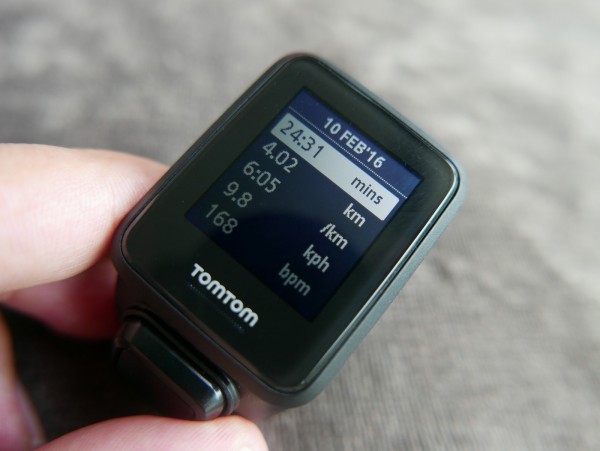
This is strange, because I had a pretty consistent reading when I last used the TomTom Runner. On a 4km jog with the Spark, I started at about 6 minutes per kilometre, and was then deemed to be quickening the pace to just under 5 minutes per kilometre – that’s just impossible for me.
Sure enough, in the last stretch of the run, the reading went down to 6+ minutes again. This, when I had gathered pace and was running much faster. In the end, the 4km run was finished in 24 minutes 31 seconds, or at 6:05 minutes per kilometre.
What this means is that it can be difficult to pace yourself with the watch, which surely is one of the reasons why you are strapping it on. The fact that it corrects itself over a jog doesn’t help if you want a constant reminder of how fast you are going.
The other thing I’d like TomTom to address is the lock-on for its GPS sensor. Even with QuickGPS presumably updated via a PC sync, the Spark can take several minutes – instead of seconds – to get a fix on a satellite overhead. This means you probably should warm up while the watch gets ready for your run.
In the end, the Spark is either a bottle half full or half empty. If a hardy fitness watch is your priority, and if you loved the previous TomTom Runner, then this is an upgrade with wireless music as an option.
However, if music is very important to you, it isn’t as straightforward as junking that iPod or smartphone you are used to bringing with you. The bigger screen and more powerful controls make them easier to fiddle around with your tracks and change things mid-run. The interface is also richer on these bigger devices.
Personally, I love it that a fitness watch now comes with music as well. If I can get over the interface, the Spark is a workable solution, as I’m not particular about the music. It’s nice to have.
At the same time, it’s rather tough to go for a more rudimentary interface when I’ve been pretty happy with my good old iPod mini all this while.
This is where the Spark could have done a bit more – with an improved desktop interface for music – to make you leave your other gadgets behind without thinking twice. It just falls short in this regard, a nice companion that it is.
